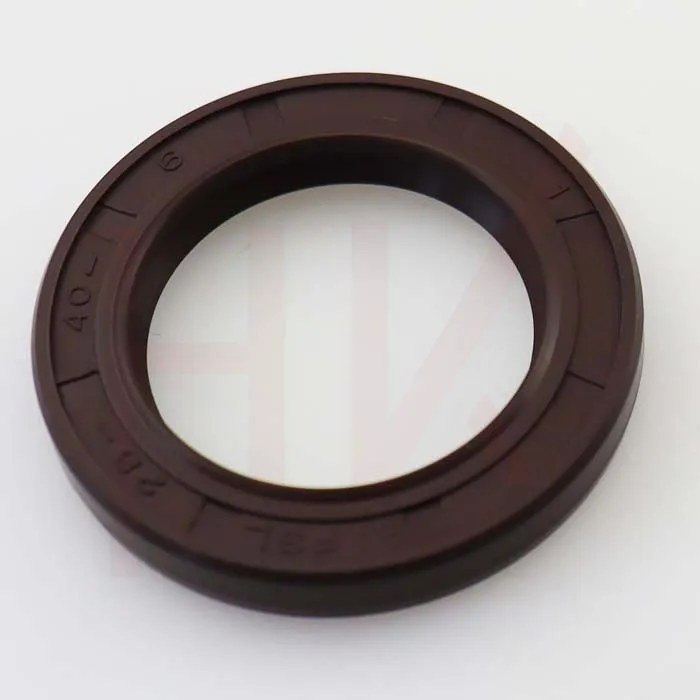Oct . 18, 2024 12:37 Back to list
Hydraulic Motor Oil Seal Selection and Maintenance Guide for Optimal Performance
Understanding Hydraulic Motor Oil Seals Importance and Functionality
Hydraulic motors play a pivotal role in various industrial applications, from construction equipment to automotive systems. One of the crucial components that ensure the efficiency and longevity of these motors is the oil seal. This article delves into the significance of hydraulic motor oil seals, their functionality, and best practices for maintenance.
A hydraulic motor operates by converting hydraulic energy into mechanical energy, utilizing pressurized fluid to generate motion. However, for this system to function optimally, it is essential that the hydraulic fluid remains contained within the system. This is where oil seals come into play. Specifically designed to prevent leakage of hydraulic fluid, oil seals are crucial for maintaining pressure and ensuring that the system operates smoothly and efficiently.
Oil seals consist of different materials, depending on the application and environment. Common materials include rubber, Viton, and polyurethane. Each material has its own unique properties that allow it to withstand various pressures and temperatures. For instance, Viton seals are known for their resistance to chemicals and high temperatures, making them ideal for harsh industrial environments. In contrast, rubber seals are often chosen for their flexibility and cost-effectiveness in less demanding applications.
hydraulic motor oil seal

The functionality of a hydraulic motor oil seal revolves around its design and engineering. These seals typically feature a lip that forms a tight seal against a rotating shaft, preventing fluid from escaping. At the same time, they allow the shaft to rotate freely, minimizing friction and wear. The effectiveness of the seal not only prevents fluid leakage but also protects the motor from contaminants, which can lead to damage and reduced performance.
Regular maintenance of hydraulic motor oil seals is essential to ensure their longevity and effectiveness. Over time, seals can wear out, become brittle, or lose their elasticity, leading to leaks and potential motor failure. Routine inspections should focus on identifying signs of wear, such as fluid buildup around the seal or visible cracks in the material. Additionally, ensuring that the hydraulic fluid is at the correct level and in good condition can prevent unnecessary strain on the seals.
When replacing oil seals, it is important to choose the right size and material for the specific application. Errors in selection can lead to premature failure, causing costly downtime and repairs. Furthermore, proper installation is critical. Over-tightening or misalignment during installation can damage the seal, negating its effectiveness.
In conclusion, hydraulic motor oil seals are a fundamental component in the efficient operation of hydraulic systems. Their role in preventing fluid leakage and protecting the motor from contaminants cannot be overstated. By understanding their importance, selecting the appropriate materials, and adhering to maintenance best practices, operators can ensure the reliable performance of hydraulic motors, ultimately enhancing productivity and reducing operational costs in various applications. As technology advances, the development of even more durable and effective oil seals continues, promising improvements in hydraulic system efficiency and reliability.
-
TCN Oil Seal Metal Ring Reinforcement for Heavy Machinery
NewsJul.25,2025
-
Rotary Lip Seal Spring-Loaded Design for High-Speed Applications
NewsJul.25,2025
-
Hydraulic Cylinder Seals Polyurethane Material for High-Impact Jobs
NewsJul.25,2025
-
High Pressure Oil Seal Polyurethane Coating Wear Resistance
NewsJul.25,2025
-
Dust Proof Seal Double Lip Design for Construction Equipment
NewsJul.25,2025
-
Hub Seal Polyurethane Wear Resistance in Agricultural Vehicles
NewsJul.25,2025
-
The Trans-formative Journey of Wheel Hub Oil Seals
NewsJun.06,2025
Products categories
















